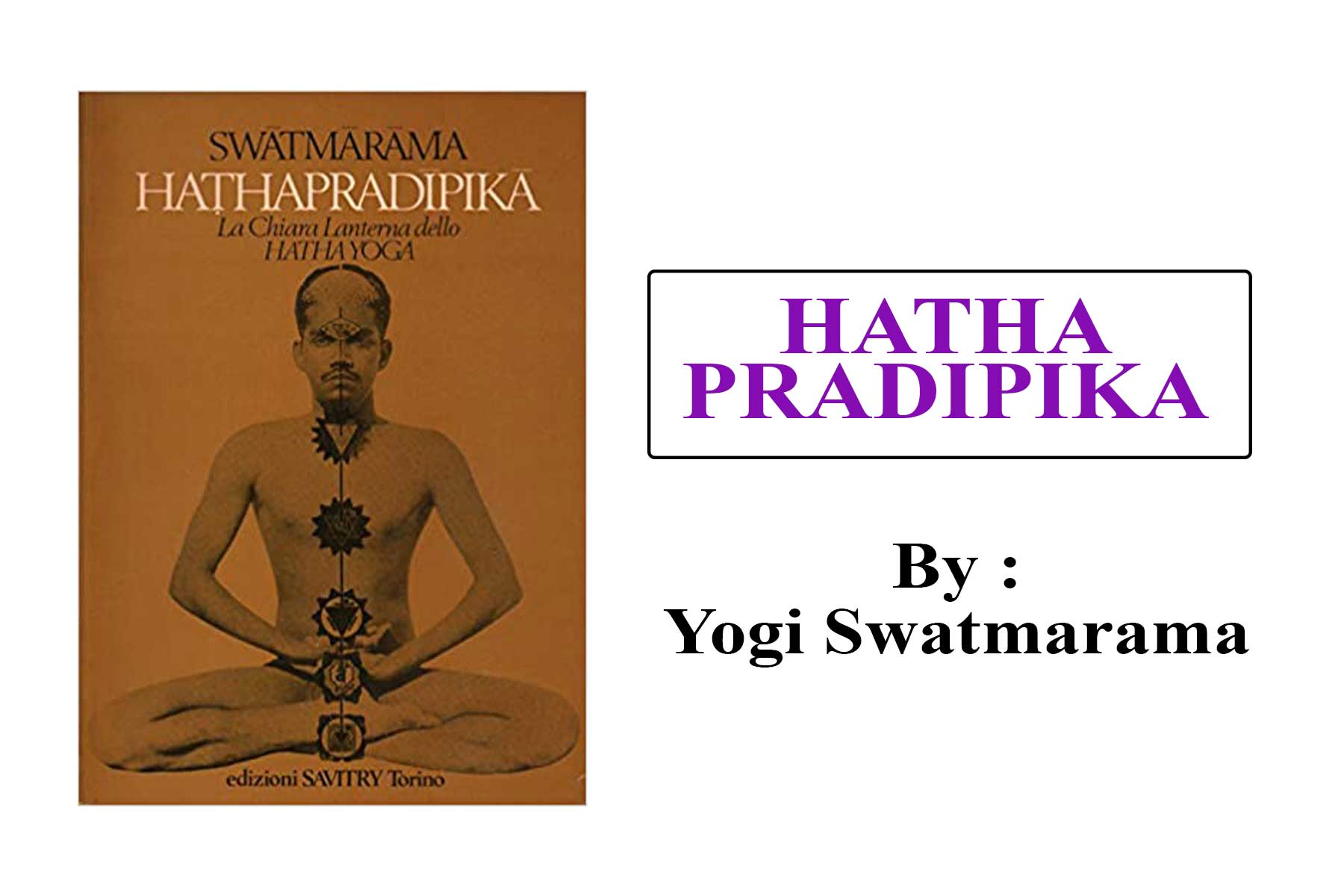
5 Feb 2021 HYN Himalayan Yoga Academy
Introduction
Pradipika means “light” or “to illuminate”, ha means “sun”, tha means “moon”. “Hatha Pradipika” is an elaborate presentation of practical guidelines for Hatha yoga, intended to lead the practitioner from awareness of the body to awareness of the Self. The techniques of Hatha yoga explained in the text are meant to guide the practitioner toward Self-realization, which, in turn, leads to enlightenment.
The Hatha Yoga Pradipika is a medieval scripture written in 1350.
“Hatha Pradipika” contains fiver chapters:
Asana: Contains detailed information on the names of asanas, how to perform them, and what kind of diet will enhance the benefits of their practice.
Shatakarma and Pranayama: Explains various breathing techniques and their health benefits. This chapter also talks about the practice of shatkarma, the six purification techniques that cleanse the body and are essential to preparing for yogic practice.
Mudras and Bandhas: Explains the mudras (gestures) and bandhas (locks) that aid in awakening kundalini power, which leads to enlightenment.
Dhyana and Samadhi: Describes techniques that lead to enlightenment and eternal bliss.
Swami Svatmarama says that practicing Hatha yoga with the right attitude will help the practitioner attain siddhis (spiritual powers), such as clairvoyance. A practitioner who reaches this stage of samadhi cannot be overpowered.
Yoga Therapy: Defining of health, balance of tridosha, Use of Aasana and other yogic means for therapeutic purposes
1. Hatha Pradipika’s composition period – 13th to 16th Century
2. The creator of Hatha Pradipika – Swami Swatmaram
3. Hatha Yoga Granth – Shiva Samhita; Goraksha Samhita; Hatha Pradipika; Gherand Samhita
4. Goal of Hatha Yoga – Achieving Raj Yoga
5. Five teachings of Hatha Yoga
2. i. The first sermon
Obstacles to the Yoga Path – Talking More; More labor; More food; Urging adherence to rules; More contacts; Flexibility of mind
Positive attitudes of the yoga path – enthusiasm; Courage; Patience; Real knowledge; Resolution; Lifelong abandonment
Aahaara
Diet: good, smooth, Tasty, sattvic; A quarter rule of food;
Piro; Sour; Stimulant, salty substance; Hot, greens, oil; Sesame, Sarsyu; Drugs; Fish; Meat; Yogurt; Mahi; Intense; Beer fruit; Hing; Garlic; Very hot; Very rough; Very salty; Very sour; Kadanna (Kodo; Kaguno)
Barriers
-The place of the wicked – eat plenty; Sleeping a lot; Talking a lot; Fire consumption; Female intake; More wandering; – Prata: bath – fasting or renunciation of hard work
YAMA and NIYAMA (Rules and regulations)
Yama: not violence; To speak the truth; Not to steal, to remain celibate; To be forgiving; To be patient, to be kind; To be simple-minded; Eat less, stay pure.
Niyama: Obedience to duty; To be satisfied; Faith in God; To donate; To worship; Listening or meditating; To be shy; To be wise, to do penance; To light a fire
Dietary food
Wheat, rice, barley; Milk; Ghee; Sakhkar; Butter; Mishri; Parval; ginger; Honey; Fruit; Greens; Pure water
Good food
-Sweet -Snidh -Nutritious -Manokul food
3. Second Sermon
Nadi Shodhan Shatkarma Pranayama Description – Suryabhedan, Ujjayi, -Sitkari, Shitali, Bhastrika; Bhramari, Murchha, plavani
4. Third sermon
Description of Ten Mudras – Mahamudra Mahabandha – Mahaveda Khechari – Uddian, Moolabandha – Jalandhar, Viparitkarani – Vajroli, Shaktichalan
5. The fourth sermon
Definition of Samadhi Kundalini Awakening / Result Rhythm Definition of Shambhavi and Khechari
Naadaanusandhaan – Aaraambhavasthaa; Ghataavasthaa; Parichayaavasthaa; Nishpatyavasthaa; Naada shravana parinaama
6. The fifth sermon
meaning of health, principles of three nature vata, kaph and pitta, means of yoga and its therapeutic use.
